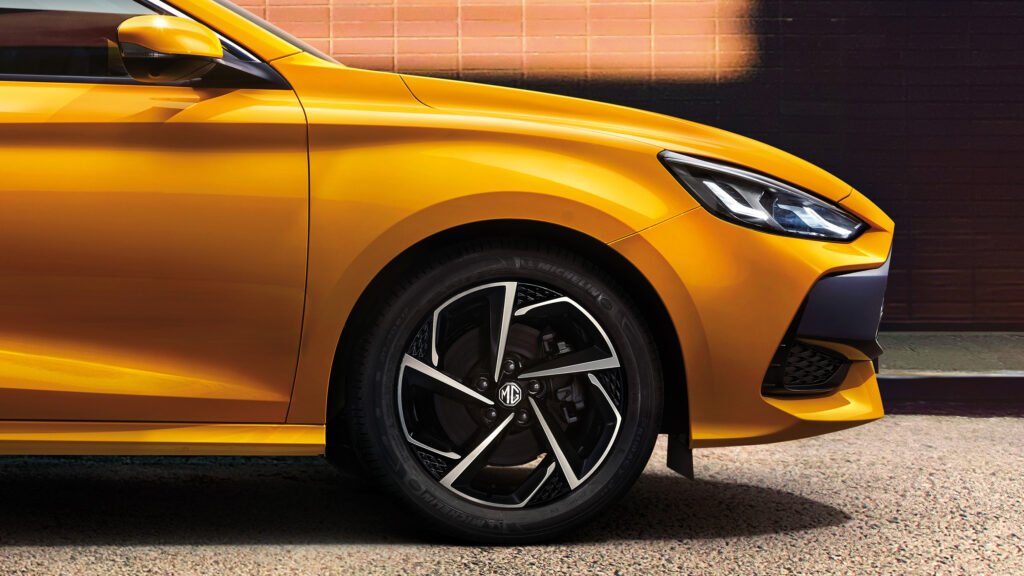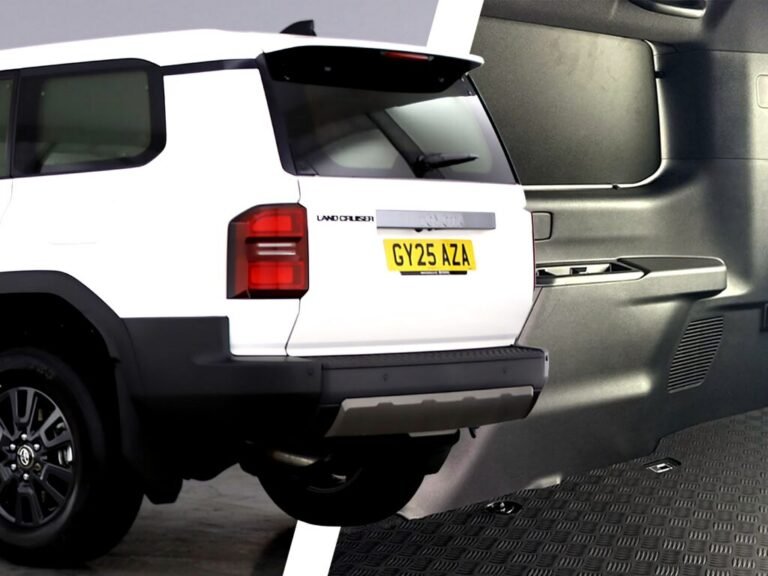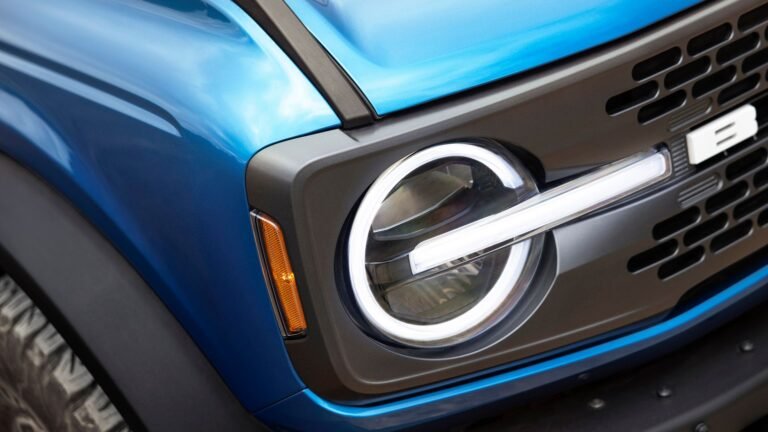

- Chinese models do not hold their value as well as Korean or Japanese models in Vietnam.
- A recent survey shows that MG models depreciated between 24-33% in two years time.
- For comparison, Toyota models lost only 10-12% of their value over the same period.
While Chinese automakers are largely absent from the US market, they are quickly making their mark on export markets, attracting attention with value-packed models that come loaded with tech features. Hoowever, as a recent study shows, their shine fades a bit quicker than rivals from other countries.
The study, conducted in Vietnam, reveals that these emerging brands suffer from much higher depreciation, often taking a bigger financial hit than their competitors from more established regions.
More: Chinese-Owned EV Brands Gain Momentum In Europe, Collectively Outsell Tesla
The study examined three popular models from Chinese automaker MG, which is owned by SAIC, between 2022 and 2024: the MG 5 sedan, the ZS SUV, and the HS SUV. For context, MG made its return to the Vietnamese market in 2020 and is now the largest Chinese automaker in the region.
The results, reported by VN Express International, were telling. The MG HS SUV saw the steepest drop, losing 33% of its value in just two years. The MG5 sedan wasn’t far behind, with a 27% depreciation, while the ZS SUV lost 24%. The data, gathered by the local sales platform OTO, also included comparisons to three non-Chinese models.
For a sense of perspective, let’s look at how competitors held up. The Kia K3 sedan, from South Korea, depreciated by 19%, while the Hyundai Creta SUV lost 17%. The Hyundai Tucson also saw a 17% decline in value between 2022 and 2024. Japanese models, like those from Toyota, did the best in terms of holding their value, with depreciation rates ranging from 10-12% over the same two-year span.

Not all Chinese vehicles are facing steep depreciation, though. The Beijing X7 SUV from BAIC, another Chinese automaker, only lost 12% of its value in two years, which is actually better than some of its competitors. Analysts suggest this is due to a supply shortage of the model in Vietnam, combined with its appealing tech features that make it popular in the used car market.
More: This Car Loses 73% Of Its Value After Just Five Years
Chinese automakers don’t exactly have a stellar reputation in Vietnam just yet. However, that’s starting to change as more buyers experience the newer generation of vehicles and notice the improvements in design, quality, and features. Still, the higher depreciation rates of Chinese cars are influenced by aggressive pricing strategies, including heavy discounts on new models, which are meant to draw in buyers.
At present, there are 13 Chinese brands selling vehicles in Vietnam, with seven of them entering the market just last year. In 2024, vehicle sales in Vietnam totaled 494,310 units. There’s no exact data on how much of the market is controlled by Chinese brands, but the shift is noticeable.




